This article was co-authored by Padam Bhatia, MD. Dr. Padam Bhatia is a board certified Psychiatrist who runs Elevate Psychiatry, based in Miami, Florida. He specializes in treating patients with a combination of traditional medicine and evidence-based holistic therapies. He also specializes in electroconvulsive therapy (ECT), Transcranial Magnetic Stimulation (TMS), compassionate use, and complementary and alternative medicine (CAM). Dr. Bhatia is a diplomat of the American Board of Psychiatry and Neurology and a Fellow of the American Psychiatric Association (FAPA). He received an MD from Sidney Kimmel Medical College and has served as the chief resident in adult psychiatry at Zucker Hillside Hospital in New York.
There are 7 references cited in this article, which can be found at the bottom of the page.
This article has been viewed 70,309 times.
When used properly, Zoloft can greatly improve the quality of life for people suffering from depression, anxiety, panic disorders, and other conditions. Zoloft, also known as sertraline, is a selective serotonin reuptake inhibitor (SSRI) drug. If you are currently taking Zoloft, work with both your primary doctor and your therapist to determine a dosage regimen that fits your needs. If you increase your dosage, do so slowly under your doctor’s supervision, and watch out for any possible side effects.[1]
Steps
Calibrating Your Dosage
-
1Talk with your doctor about why you need to increase your dose. Your doctor will likely ask you a series of questions to determine the effectiveness of your current prescription. Answer each of these questions truthfully and with as much detail as you can. Come prepared to explain any side effects that you are experiencing, too.
- For example, your doctor might ask, “How well are you sleeping at night?” Sleeplessness and sleepiness are both potential side effects of Zoloft.
- Also, talk with your doctor about your specific health goals. What are you hoping that increasing your Zoloft dosage will help you to accomplish? For example, tell your doctor if you’d like to feel happier or less stressed out.
-
2Start at a dosage at between 25-50 mg/day. This is the standard dosage prescribed for adults suffering from depression. This dosage will not necessarily eliminate all the symptoms of depression, but is often seen as effective when used in conjunction with therapy. Your doctor and therapist will work together to determine a dosing regimen that works best for you.[2]
- Starting at a dose that is too high can cause nausea and vomiting. Follow your doctor’s dosage instructions carefully.
- For children between 6-12 years of age, the usual starting dosage is 25 mg each day.
- Your doctor might also start you on a lower dose if you suffer from liver problems.
Advertisement -
3Dilute the liquid form of Zoloft before taking it. Pour 4 ounces (110 g) of juice, water, or ginger ale into a glass. Then, use a medicine dropper or syringe to add the exact dosage amount of your Zoloft into the liquid. Stir it all together and drink immediately.[3]
- Read the prescription packaging closely and reach out to your doctor or pharmacist with any questions.
- Do not create this mix in advance or it could reduce the effectiveness of your Zoloft.
-
4Evaluate your health progress at or before 24 weeks (or 6 months). This is the point at which you should see some reduction in your overall symptoms as a result of taking Zoloft. Schedule an appointment with your doctor to discuss where your treatment should go from here. If you try to increase your dosage too close to starting the medication, it won’t have time to fully work.[4]
- Do not try increasing your dosage on your own, as this could result in severe health problems. Always follow your doctor’s instructions for adjusting your dosage.
-
5Increase your dosage at weekly intervals. Once you and your doctor have decided that you need more Zoloft, it’s important to boost your dosage in a controlled, safe way. Since you are already taking Zoloft, it will usually only take a week for your body to react to more medication. Be candid when discussing with your doctor how you feel from week to week.[5]
- In general, the maximum dosage increase that you will get per week is 50 mg/day. Any more than this, and you risk experiencing side effects, such as rapid heartbeat or even seizures.
-
6Stop at a maximum dosage of 200 mg/day. Once you hit 200 mg, your doctor will need to investigate other options. This is generally the ceiling level of safety for Zoloft, if taking it for depression. Boosting your dosage above this ceiling can lead to dangerous side effects, such as seizures.
-
7Adjust your dosage in 50 mg intervals if you have premenstrual dysphoric disorder (PDD). This is a condition where a woman suffers physical and psychological symptoms, especially during each menstruation cycle. Zoloft is often prescribed to counter any depressive thoughts accompanying PDD. If you find your symptoms worsening, then the dosage could be boosted by 50 mg for subsequent menstrual cycles.[6]
- You can also discuss with your doctor whether or not you should take Zoloft continually or just during your cycle. Or, in some cases, you may need to take an elevated dosage of Zoloft for the first 3 days of your cycle.
Taking Zoloft Safely
-
1Watch out for signs of agitation. One of the possible side effects of Zoloft is jitters and nervous energy. These feelings can especially take place when you are in the process of increasing your dosage. That is why they are referred to as “treatment emergent.” If you experience these side effects, reach out to your doctor as soon as possible.[7]
- Agitation encompasses everything from being unable to sit still to repeating the same thoughts in your head over and over again.
- Other possible side effects of Zoloft include sweating, tremors, insomnia, tiredness, heart palpitations, dizziness, or worsening of depression symptoms.
-
2Do not stop using Zoloft without talking to your doctor. It can sometimes take weeks for your symptoms to improve as a result of Zoloft. Try your best to be patient and communicate any concerns to your doctor during this period. Stopping your medication suddenly can cause severe illness and withdrawal symptoms.[8]
- If you miss a dose of Zoloft, do not double-up with your next dose. Instead, just consider it missed and continue with your regular dosage schedule.
-
3Seek medical attention right away if you experience extreme symptoms. As you change your Zoloft dosage, it’s possible that your body might react. If you experience a seizure, blurred vision, severe headaches, or vomiting, reach out for emergency assistance and call your doctor as well. These can all be symptoms of serotonin syndrome, which is essentially a sign of too much Zoloft in your system.[9]
- You might also feel unsteady on your feet or experience a loss of coordination. Do not drive if you start to manifest these symptoms.
Combining Zoloft with Other Medical Therapies
-
1Talk with your doctor before taking any other drugs, vitamins, or supplements. It’s possible that these other products might interact with your Zoloft and reduce its effectiveness. This is especially important if you are thinking about taking a product for anxiety or depression, as the ingredients lists could overlap with Zoloft, creating the potential for an overdose.[10]
- Nonsteroidal anti-inflammatory drugs (NSAIDs), such as Advil or Aleve, can interact with Zoloft. When combined, they can decrease your clotting ability and lead to bruising.
-
2Add another drug to complement your Zoloft regimen. If you are already at your maximum Zoloft dosage or if your symptoms are wide-ranging, then your doctor might consider a form of combination drug therapy. They’ll prescribe a drug similar to Zoloft or one in another category to boost the effectiveness of your medications overall.[11]
- For example, if you are taking Zoloft but may be suffering from thyroid-induced depression, then a thyroid medication, such as Synthroid, might be prescribed.
- Other drugs, such as aripiprazole, are known to improve the effectiveness of Zoloft without producing any additional side effects.
-
3Work with a therapist to combat any symptoms of mental illness. If you are suffering from anxiety or depression, simply raising your Zoloft dosage over time may not be enough to minimize your symptoms. Ask your primary care physician to recommend a therapist who can work with you to combine behavioral and lifestyle examination with psychopharmacology.[12]
- For example, when a child is anxious due to a learning disability, Zoloft can relieve some of the anxiety. However, discussing their school environment with a therapist can also help.
- This combined approach is also referred to as “treating the whole person.”
Expert Q&A
-
QuestionHow can I safely get off of Zoloft?
 Padam Bhatia, MDDr. Padam Bhatia is a board certified Psychiatrist who runs Elevate Psychiatry, based in Miami, Florida. He specializes in treating patients with a combination of traditional medicine and evidence-based holistic therapies. He also specializes in electroconvulsive therapy (ECT), Transcranial Magnetic Stimulation (TMS), compassionate use, and complementary and alternative medicine (CAM). Dr. Bhatia is a diplomat of the American Board of Psychiatry and Neurology and a Fellow of the American Psychiatric Association (FAPA). He received an MD from Sidney Kimmel Medical College and has served as the chief resident in adult psychiatry at Zucker Hillside Hospital in New York.
Padam Bhatia, MDDr. Padam Bhatia is a board certified Psychiatrist who runs Elevate Psychiatry, based in Miami, Florida. He specializes in treating patients with a combination of traditional medicine and evidence-based holistic therapies. He also specializes in electroconvulsive therapy (ECT), Transcranial Magnetic Stimulation (TMS), compassionate use, and complementary and alternative medicine (CAM). Dr. Bhatia is a diplomat of the American Board of Psychiatry and Neurology and a Fellow of the American Psychiatric Association (FAPA). He received an MD from Sidney Kimmel Medical College and has served as the chief resident in adult psychiatry at Zucker Hillside Hospital in New York.
Board Certified Psychiatrist Talk to your doctor or psychiatrist about getting off of the medication. Discontinuing psychiatric medication is often portrayed in the media as a harrowing experience, but it's normally not that serious if it's done correctly. Don't get me wrong, there can be side effects, but they may not be as intense as you're imagining. Typically, doctors or psychiatrists will taper your medication down to a smaller dose over a period of time. Just keep the lines of communication with your treatment team open as you're going through this process.
Talk to your doctor or psychiatrist about getting off of the medication. Discontinuing psychiatric medication is often portrayed in the media as a harrowing experience, but it's normally not that serious if it's done correctly. Don't get me wrong, there can be side effects, but they may not be as intense as you're imagining. Typically, doctors or psychiatrists will taper your medication down to a smaller dose over a period of time. Just keep the lines of communication with your treatment team open as you're going through this process.
Warnings
- If you are pregnant or breastfeeding, talk to both your prescribing doctor and your obstetrician/gynecologist before starting this medicine.⧼thumbs_response⧽
- Store your Zoloft at room temperature away from any sources of extreme heat or cold. Severe temperatures can decrease the effectiveness of the medication.⧼thumbs_response⧽
References
- ↑ https://www.mayoclinic.org/drugs-supplements/sertraline-oral-route/description/drg-20065940
- ↑ https://www.ncbi.nlm.nih.gov/pubmed/8675965
- ↑ https://www.nami.org/Learn-More/Treatment/Mental-Health-Medications/sertraline-(Zoloft)
- ↑ https://www.ncbi.nlm.nih.gov/pubmed/8675965
- ↑ https://www.ncbi.nlm.nih.gov/pubmed/8675965
- ↑ https://www.drugs.com/zoloft.html
- ↑ https://childmind.org/article/is-your-child-getting-the-right-medication-dose/
- ↑ Padam Bhatia, MD. Board Certified Psychiatrist. Expert Interview. 3 April 2020.
- ↑ https://www.drugs.com/zoloft.html
About This Article
If you’re still feeling depressed or stressed out, increasing your Zoloft dose may be able to help you feel better. Be sure to talk to your doctor before you raise your dose so you can come up with a safe plan to avoid side effects. Keep in mind that it can take up to 6 months on the medication before you feel Zoloft alleviating your symptoms. Once your doctor has decided to increase your dosage, they likely have you take a higher dosage at weekly intervals. If you experience side effects, like jitters, sweating, insomnia, heart palpitations, dizziness, or your depression gets worse, call your doctor right away for advice. To learn how to figure out which dosage is best for you, read more from our Medical co-author.
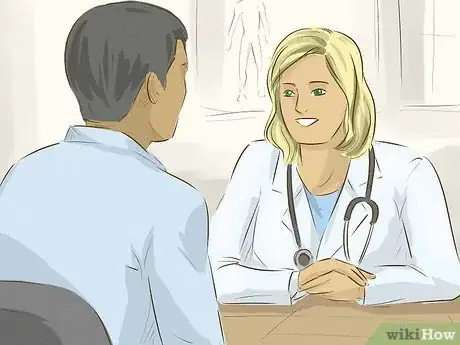
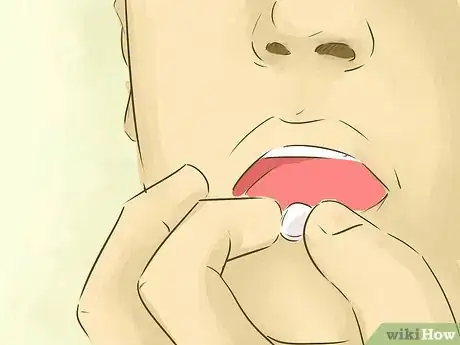
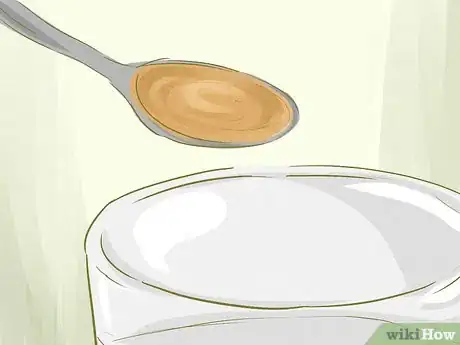

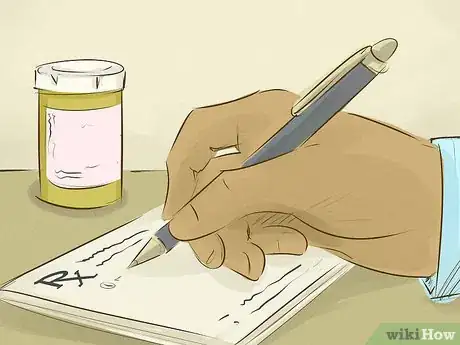
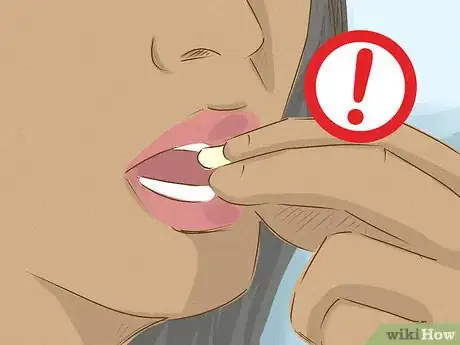
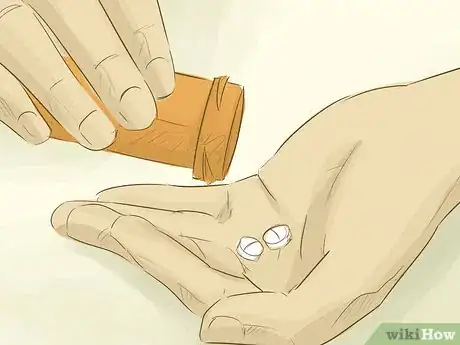

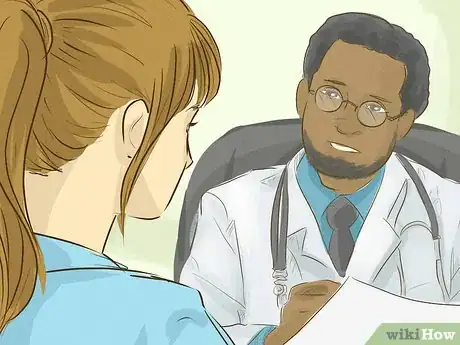

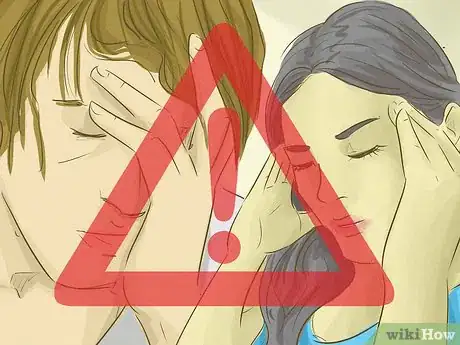
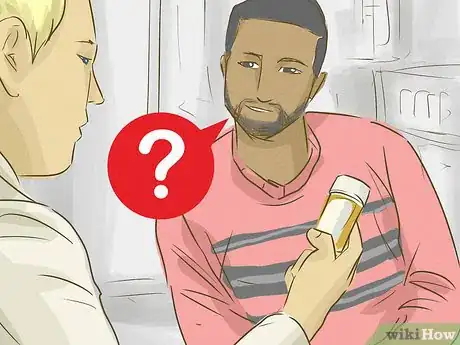

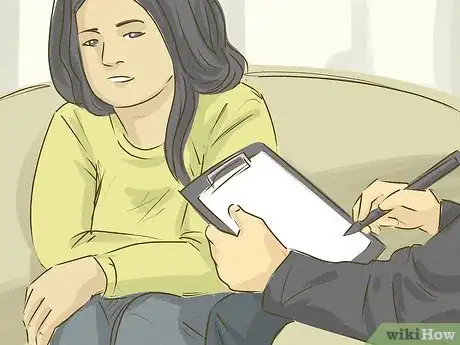
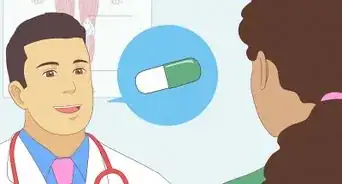





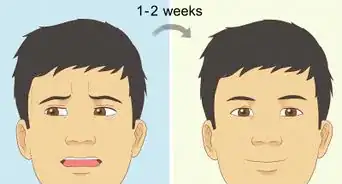













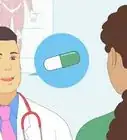






































Medical Disclaimer
The content of this article is not intended to be a substitute for professional medical advice, examination, diagnosis, or treatment. You should always contact your doctor or other qualified healthcare professional before starting, changing, or stopping any kind of health treatment.
Read More...